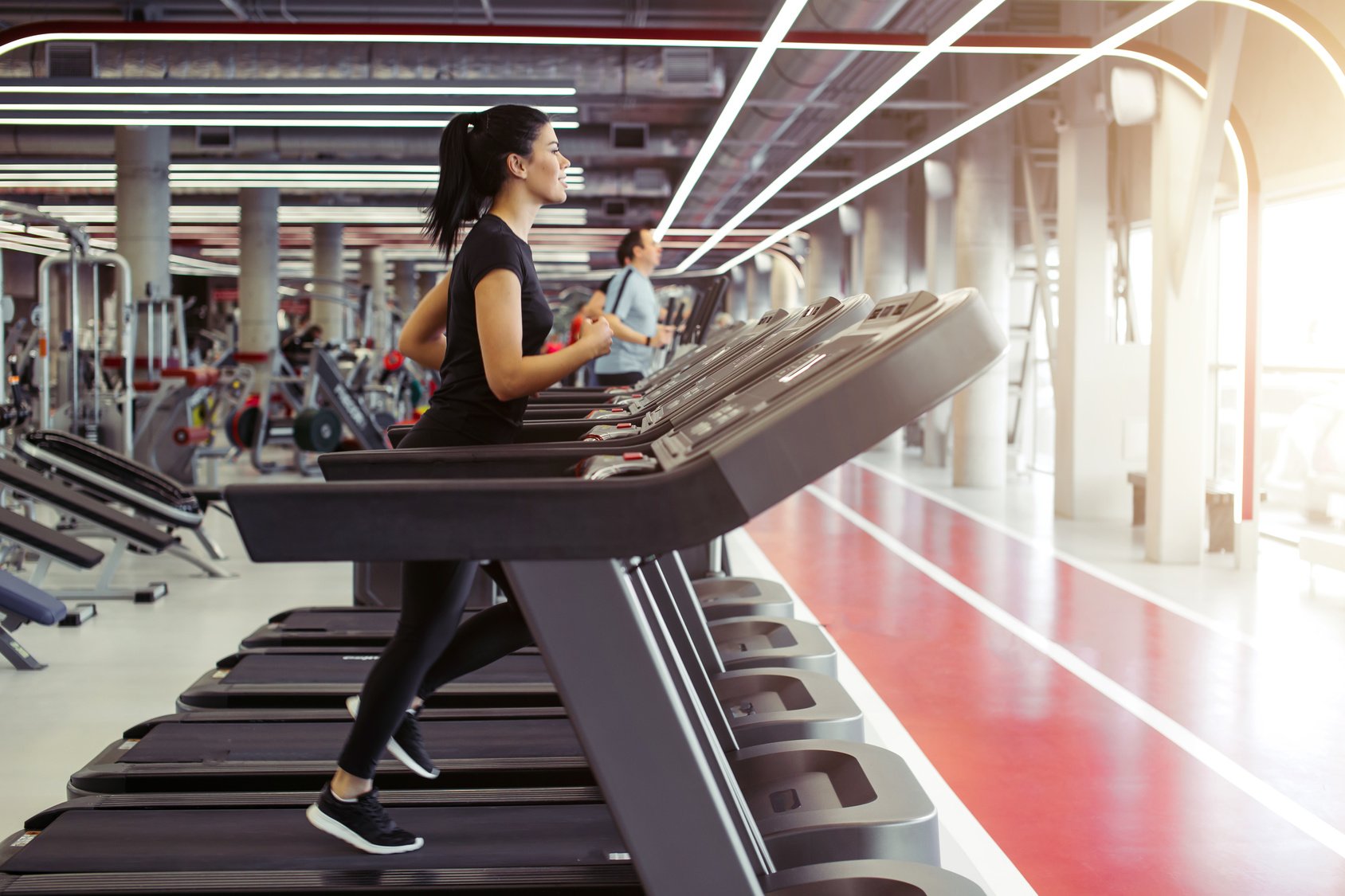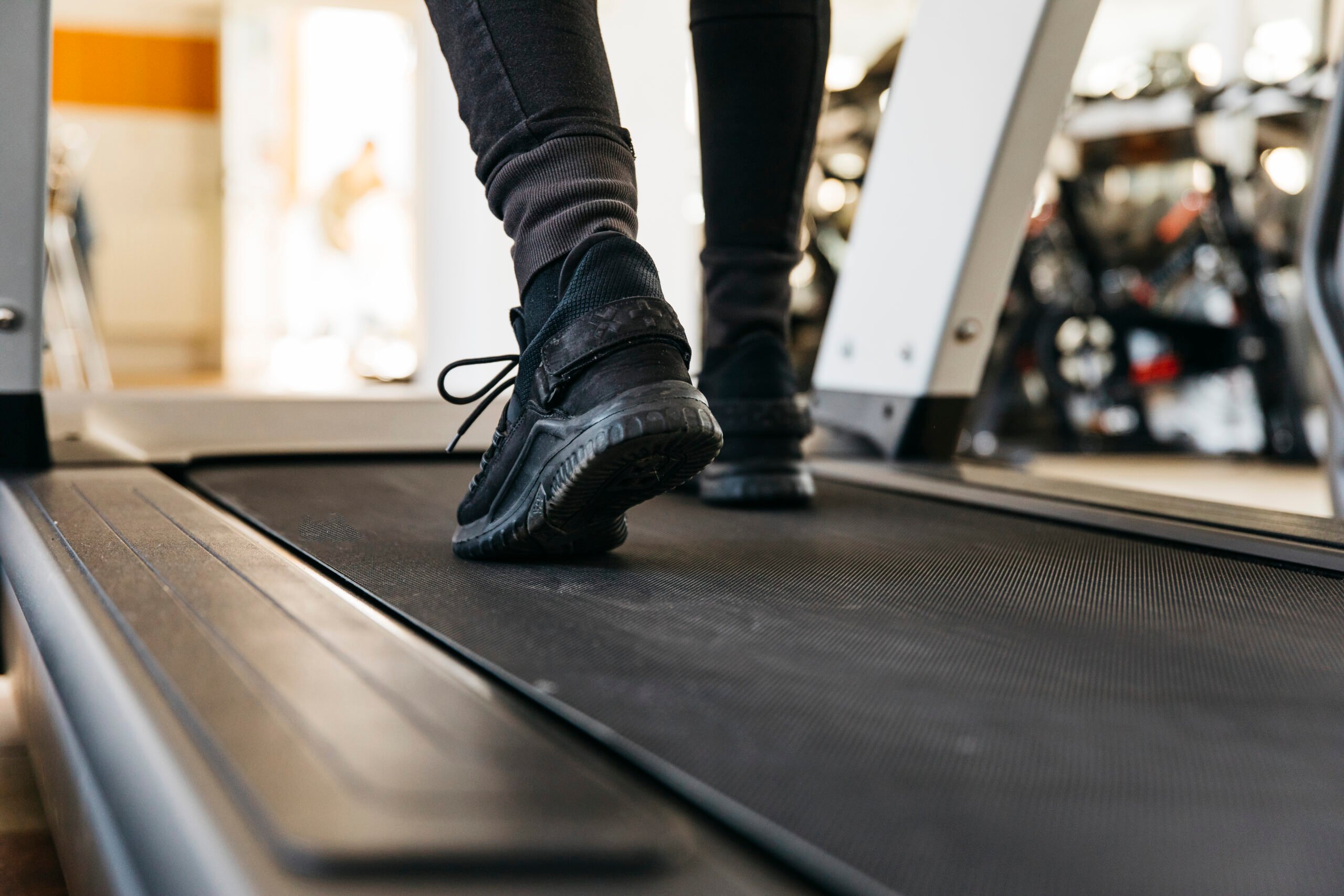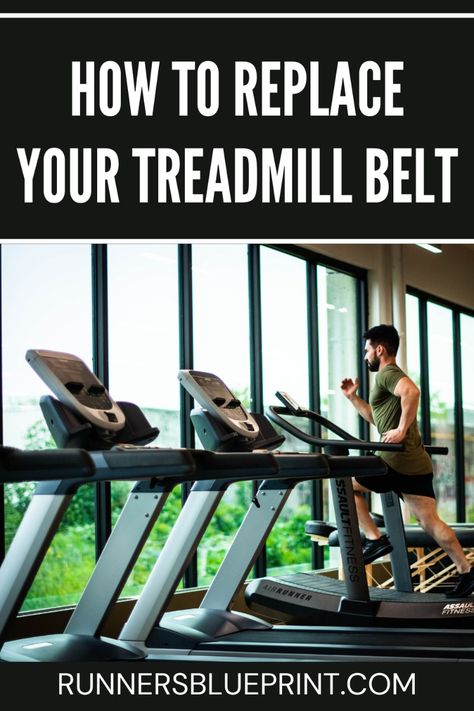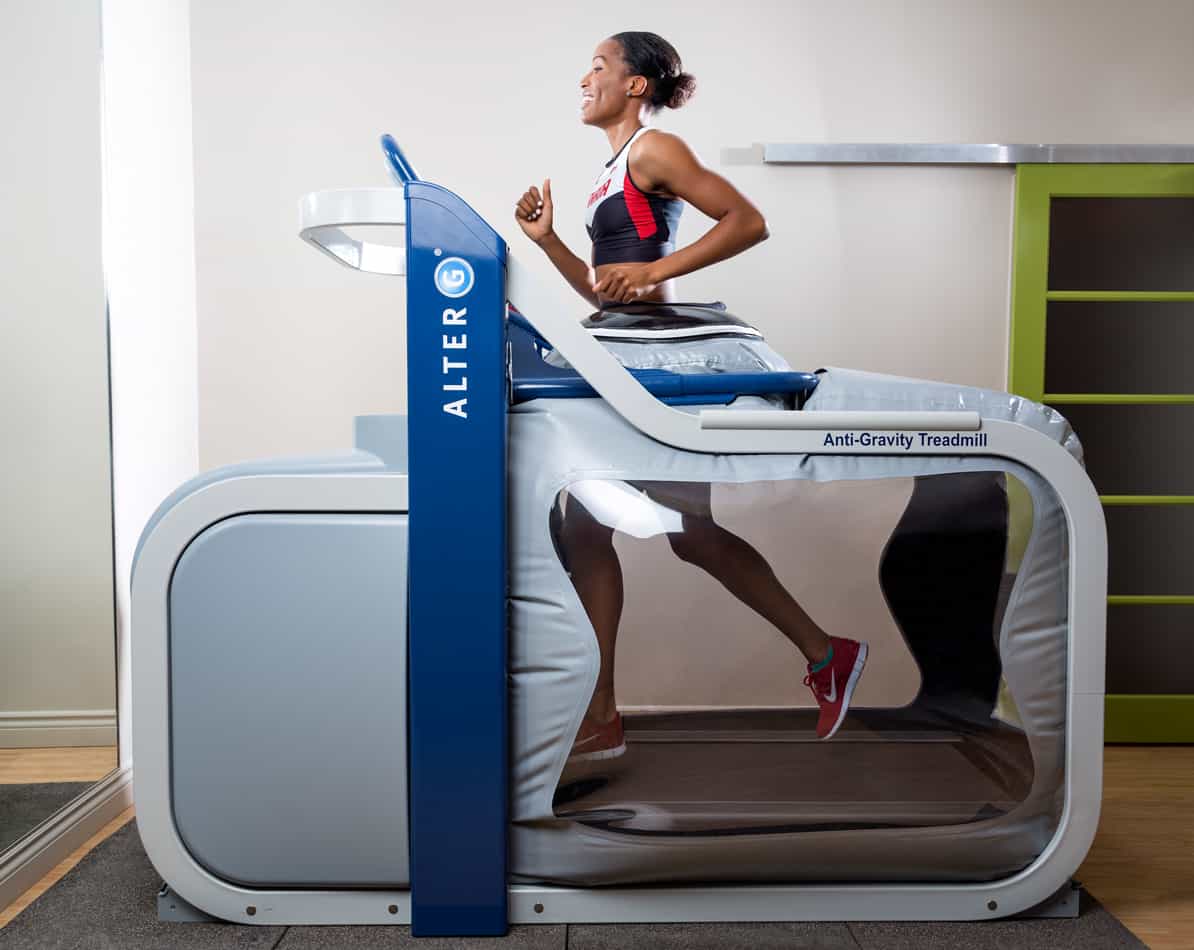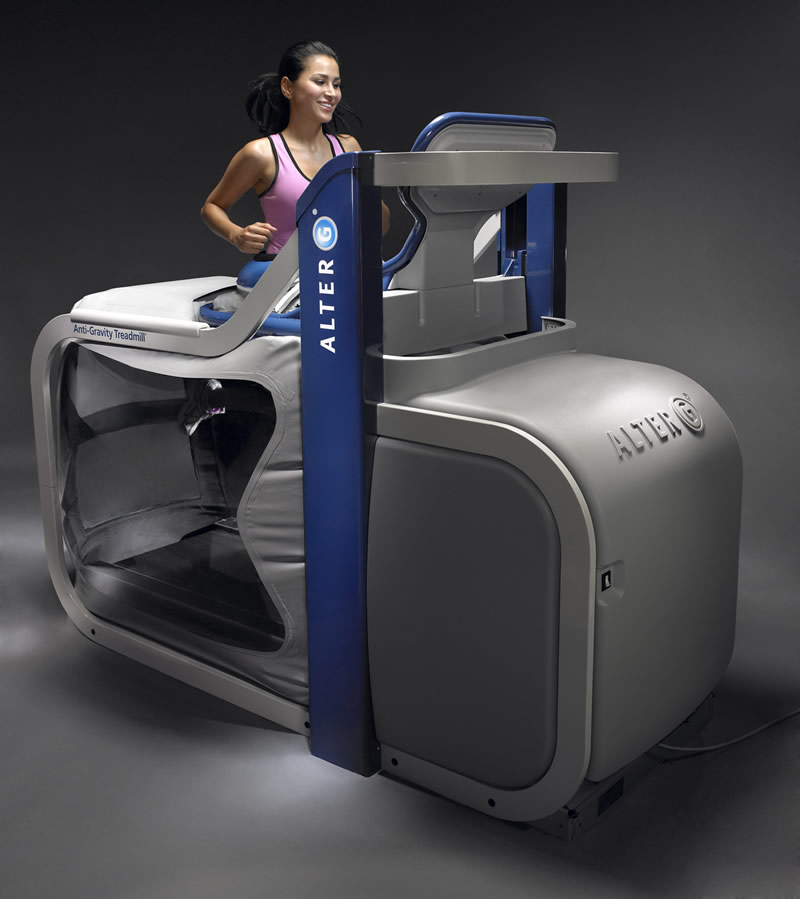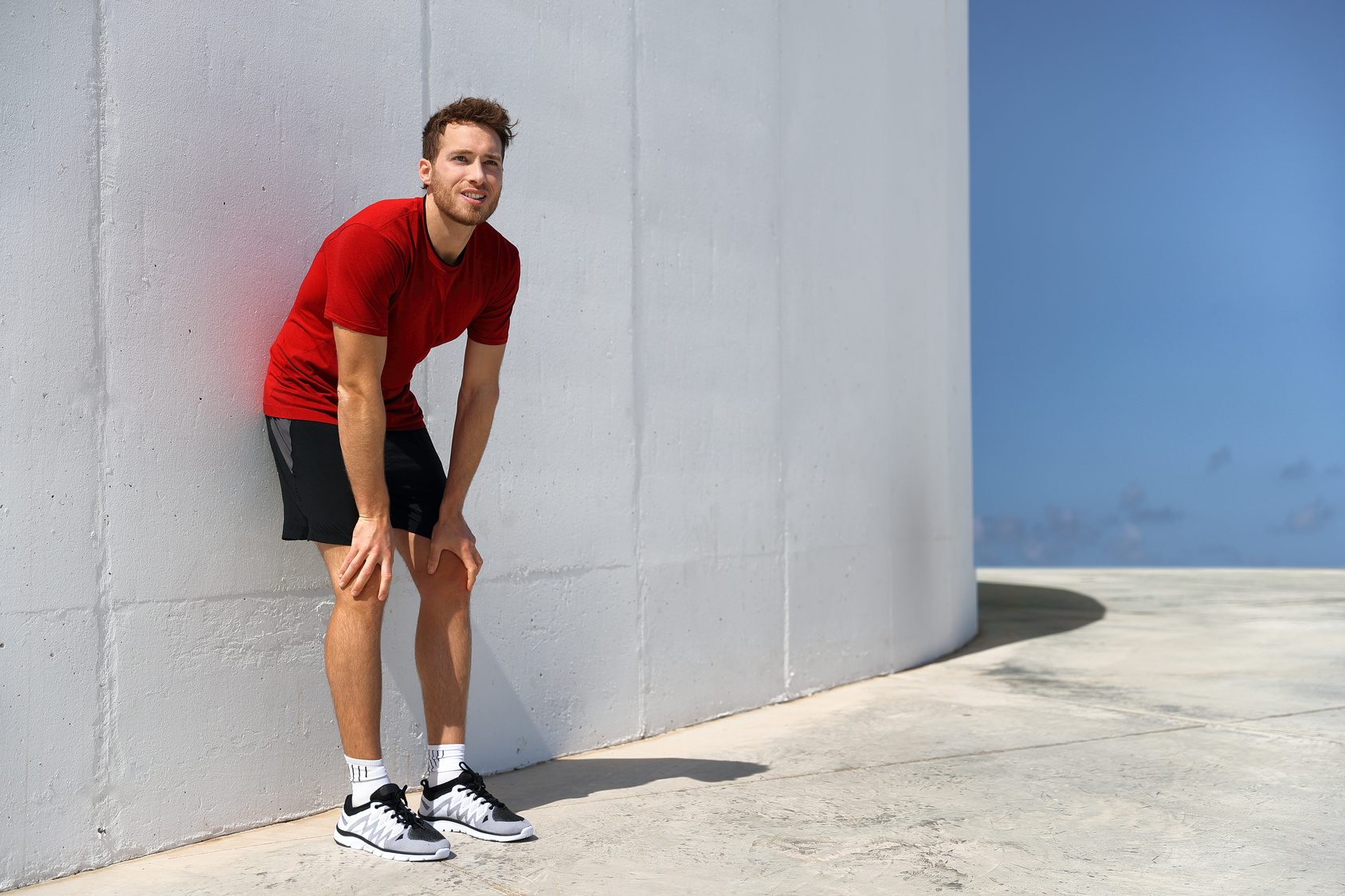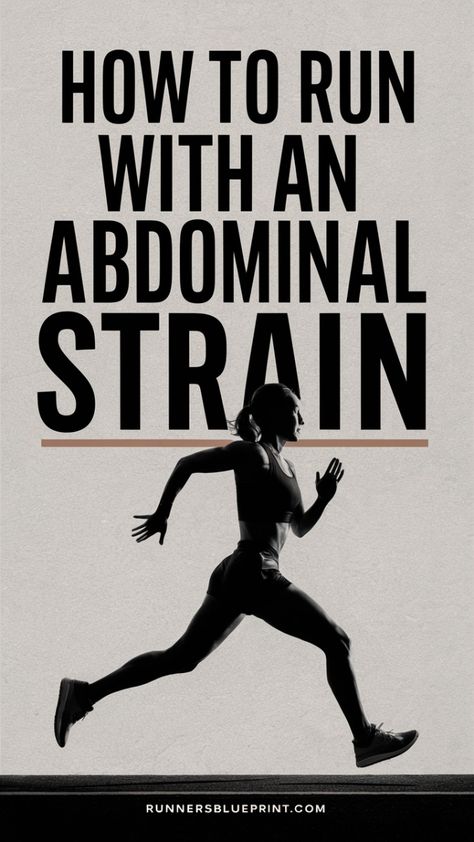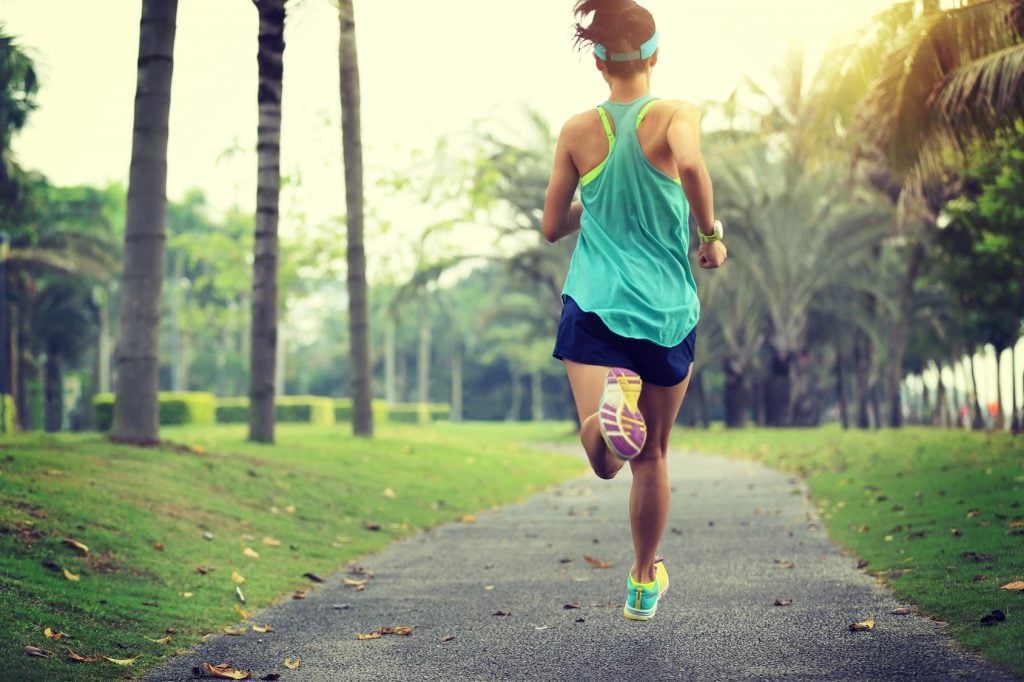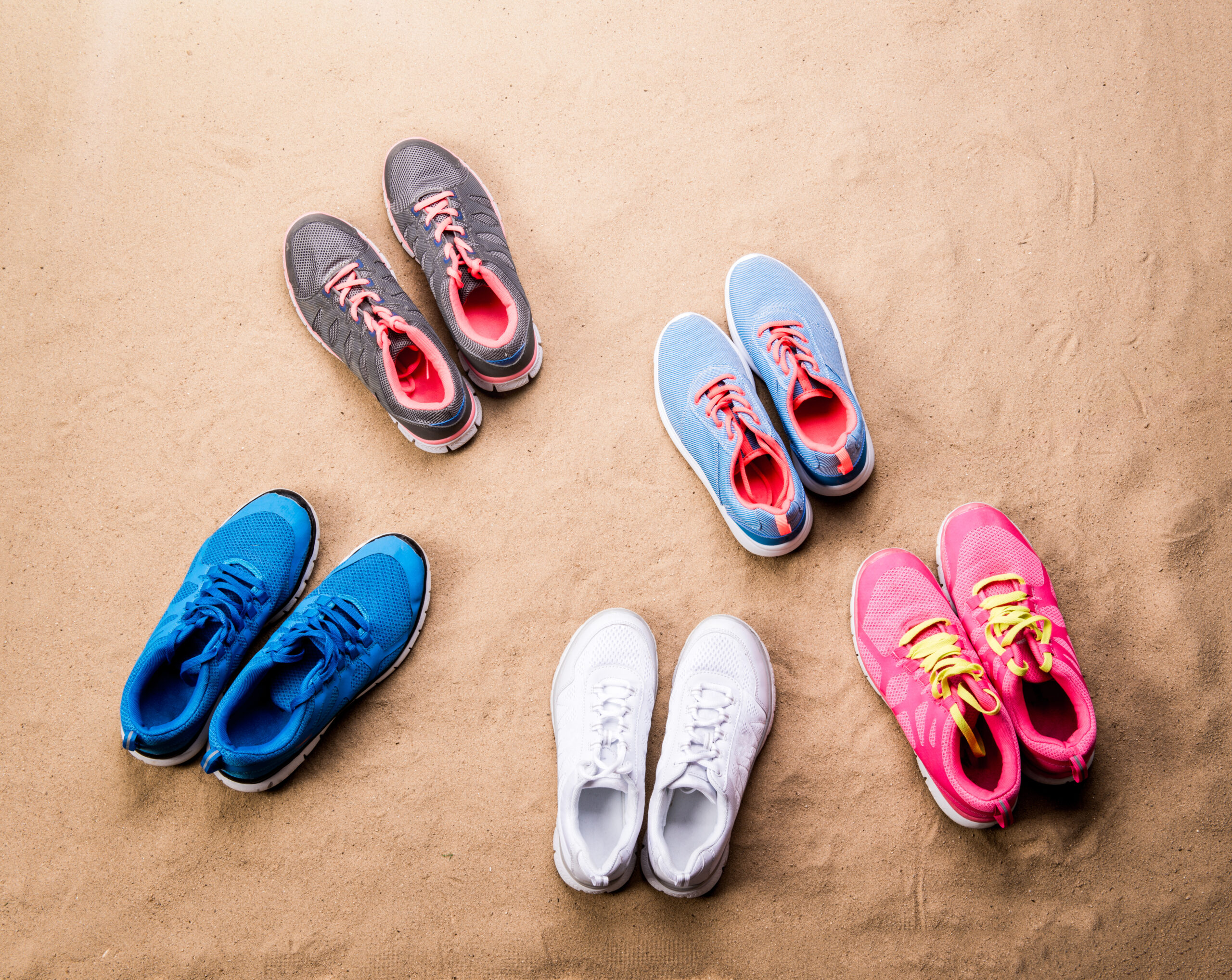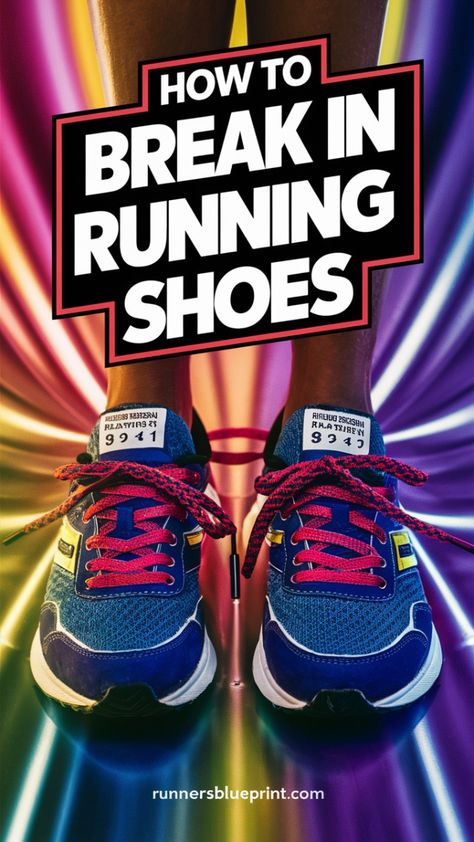Serious about monitoring your performance, recovery, and health? Then heart rate variability may hold the answers you seek as it’s considered by many health experts to be one of the best objective metrics of physical fitness and health.
But what is heart rate variability all about? What’s the science behind it? And most importantly, how to improve it?
That’s where today’s post comes in handy.
In today’s article, I’ll delve into the concept of heart rate variability, explain the science behind it, and share with you a few ways to improve it.
Sounds great?
Let’s get started.
What Is Heart Rate Variability?
It might be a surprise, but your heart doesn’t beat as regularly as a metronome—even if you’re super healthy. Instead, it changes its rhythm with each beat. This continuous disparity between heartbeats is known as heart rate variability; HRV.
Also referred to as an R-R interval, heart rate variability measures the difference in time between each heartbeat and is measured in milliseconds.
More specifically, HRV is a variation between the peak of the R wave in the QRS complex, which is the mix of three graphical deflections of the heartbeat as measured on an electrocardiogram (EKG). Check the picture.
This variation is regulated by a primal part of your nervous system known as the autonomic nervous system (ANS). More on this later.
Some situations may cause a high HRV (increase in variation), whereas others result in a low HRV (intervals between beats remaining more constant).
For example, the variation between heartbeat is usually longer on the exhale and shorter on the inhale.
For more on the science and impact of heart rate variability, check the following:
- Long-Term Study of Heart Rate Variability Responses
- An Overview of Heart Rate Variability Metrics and Norms
- Stress and Heart Rate Variability: A Meta-Analysis and Review of the Literature
- Heart Rate Variability & Its Research Applications
Factors That Impact Heart Rate Variability
These include:
- Age
- Genetics
- Gender
- Ethnicity
- Bodyweight
- Fitness level
- Training load and intensity
- Injury history
- Hormones
- metabolism
- Sleep patterns
- Hydration
- Chronic health conditions
- Emotional stress
- diet
- Some medications
What’s The Difference Between Heart Rate And HRV
Heart rate is the standard measurement of heartbeats per minute that varies by person and activity level. The metric is measured when you’re in a resting position, preferably first thing in the morning and preferably during a non-overtrained period. Although having many applications, your resting heart rate isn’t considered a reliable indicator of overall health.
As I’ve explained, HRV measures the time intervals between two heartbeats and is expressed in milliseconds, ms.
Even if your heart might be beating 60 times per minute, it does not mean that your heart beats ONCE every second, nor there’s a gap of exactly one second between every two heartbeats.
Within the same minute, you might have one set of heartbeats at an interval of 0.9 seconds between the onset of heartbeats, whereas the next two may be at an interval of 1.1 seconds.
Additional Resource – Here’s your guide to the Maffetone Method.
The Importance of HRV
Heart rate variability is a useful and non-invasive way to identify many imbalances and problems.
While personal HRV measurements can vary depending on a host of elements, higher average reading over time is often considered “more fit” than a lower average.
Let me explain
High HRV
A high measurement means that the difference between heartbeats is more drastic and is a good indicator of reliable performance and improved recovery from stress.
Having an elevated HRV means that your body is reacting to both sets of inputs from the parasympathetic and sympathetic.
It’s a sign that your nervous system is well balanced and that your body is properly adapting to stressors and performing at its best.
Low HRV
Having a low HRV may mean that one branch is sending a strong signal to your heart than the other, making it the dominant one (often the sympathetic branches). For instance, if you’re in a fight-or-flight mode, the variation between your heartbeats is usually low.
Sometimes this isn’t such a bad thing. For example, if you’re lifting weights hard or doing interval sprints, you’ll want your body to focus on assigning resources to the working muscles instead of digesting food.
Some research has even associated a low HRV with a higher risk of cardiovascular disease and death.
What’s more?
Research has also shown that regular aerobic exercise improves heart rate variability over time.
Additional resource – Strava for runners
HRV & The Nervous System Explained
As I alluded to earlier, the autonomic nervous system regulates your heart rate variability.
Although HRV is a function of your heart rate, it, in reality, originates from your nervous system.
Our nervous system is divided into two main systems: the central nervous system composed of the brain and spinal cord, and the autonomic (or peripheral) nervous system, which consists of nerves that diverge throughout our body.
The autonomic nervous system controls the involuntary facets of human physiology and is further broken down into two primary parts: the sympathetic and parasympathetic, also known as the relaxation response, and the fight-or-flight mechanism.
The sympathetic nervous system (the deactivating) reacts to stimulants like exercises and stress and boosts our heart rate and blood pressure. It’s in charge of controlling your body’s fight or flight response as it reacts to internal or external stressors.
The parasympathetic nervous system (activating) regulates input and internal organ functions like hair growth, digestion, etc.
The system is responsible for the “rest and digest” response that calms your body, and it’s linked with recovery.
Your heart rate variability results from these two opposing branches simultaneously sending messages to your heart. Think of it as the balance between your sympathetic and parasympathetic branches.
Additional resource – Heart murmurs in runners
Why Heart Rate Variability Is Important For Runners
HRV is important for runners because it’s a good indicator of training load and recovery. As I’ve already explained, this metric is one of the most reliable ways to objectively measure training readiness at any given time.
Heart rate variability is a useful tool for keeping track of your autonomic nervous system changes. It’s, after all, an objective method of assessing your stress status.
Overall, the higher your HRV, the better you’re at recovering from training and more receptive you’ll be for additional training stress.
On the other hand, when your HRV is lower than usual, it might indicate a chronic and/elevated state of stress, whether it’s physical or emotional. Be wary.
Once you determine your baseline, you can use this metric to personalize both effort and pace during your runs. High HRV between sessions is a sign of good recovery and low stress on your body.
What is a Good or Bad HRV?
I hate to break it to you, but there are no such thing as good or bad HRV ranges. This metric depends on various elements, which makes it a personal metric that’s tricky to compare from person to person.
Everyone has their unique HRV, so it cannot be measured and judged against a range, a chart, or averages.
What’s more?
Not only does HRT fluctuate from one person to another, but it also changes from day to day and from season to season. Your gender, age, lifestyle, and circadian rhythm can impact your HRV.
Overall, older people tend to have lower HRV than younger folks, and men usually have slightly higher HRV than women.
Elite athletic typically have higher HRV than the rest of us. However, strength-based athletes tend to have lower HRV than endurance athletes within this subcategory.
For these reasons, and some more, avoid comparing your scores to someone else, even if they’re of similar fitness level, age, and gender.
What you should do instead is to keep track of the data from your own HRV trends to serve as a baseline metric for any future interpretations.
How To Measure Heart Rate Variability
You can track HRV in many ways. These include:
EKG
By far, EKG is the golden standard for HRV testing. This test is performed in a medical setting and is the most accurate measure of heart rate variability.
You’ll have to wear special wires attached to your chest that monitors your heart rate variability during the test.
Heart Rate Monitors
Looking for a reliable and hassle-free, way to read your HRV? Then this is the next best choice for you.
The cheapest and easiest way to measure your HRV. You simply buy a heart rate monitor and download a free app.
Although the precision of this tool is still inconclusive, the technology has significantly improved over the past few years. Remember that heart rate monitors are more reliable than wrist or finger devices.
Apps and Watches
The least accurate way to measure your HRV is through watches and apps.
Different companies have launched a heart rate watch system and app that can help you measure your HRV. However, the accuracy of these tools is still under scrutiny. This makes them less reliable than an electrocardiogram or heart rate monitor.
Additional Resource – Your Guide To Running Heart Rate Zones
How To Improve Your Heart Rate Variability
There are many steps you can take if your current HRT is low.
Some measures are lifestyle changes such as stress management, regular exercise, healthy eating, and proper sleep. Improving overall health and heart rate variability go hand in hand.
Let me explain a few.
Exercise regularly
Building exercise habit is one of the best ways to improve your heart rate variability. However, remember that training decreases HRV in the short term, so remember to preauthorize rest and recovery.
Train Smart
Do not push your body more than it can handle. If you’re chronically overtrained, your body won’t have the time nor the opportunity to recover. That’s bad.
Instead, schedule recovery days and weeks into your training plan. Here’s your full guide to running recovery.
Stay well hydrated
Proper hydration improves circulation and makes it easier for blood flow to deliver oxygen and nutrients to your body. This can have a big positive impact on your performance, fitness, and overall health.
Your body is roughly 60-70 percent water. Therefore, water plays a key role in performance and health. Shoot for at least two liters of water per day.
Water needs vary from one person to the other, but as a guideline, shoot for at least one ounce of water per pound of body weight. Drink more on heavy training days and/or summer days.
Mind Your Diet
Bad food choices hurt HRV, as does drinking too much alcohol. It should come as no surprise, but your body functions better when you provide it with the right nutrients. W
Sleep Well
Sleep is, of course, another piece of the puzzle. Just like hydration, sleep needs tend to vary, but most experts recommend shooting for at least seven to eight hours.
Quality also matters, so try to sleep in a dark and quiet room, going to bed and waking up at similar times throughout the week, even the weekend.
Be Consistent
Improving your health is a life-long endeavor. It’s not just something you do one thing, then you forget about it.
The more consistent your train, eat healthy, etc., the healthier habits you’ll form over the long haul.
This, as you can already tell, will make it easier for you to stick to a healthy lifestyle for life. The rest is just details.
Heart Rate Variability – The Conclusion
There you have it. If you’re curious about implications of heart rate variability for runners, then today’s post should set you off on the right path. The rest is just details.
Please feel free to leave your comments and questions in the section below.
Thank you for stopping by.
David D





